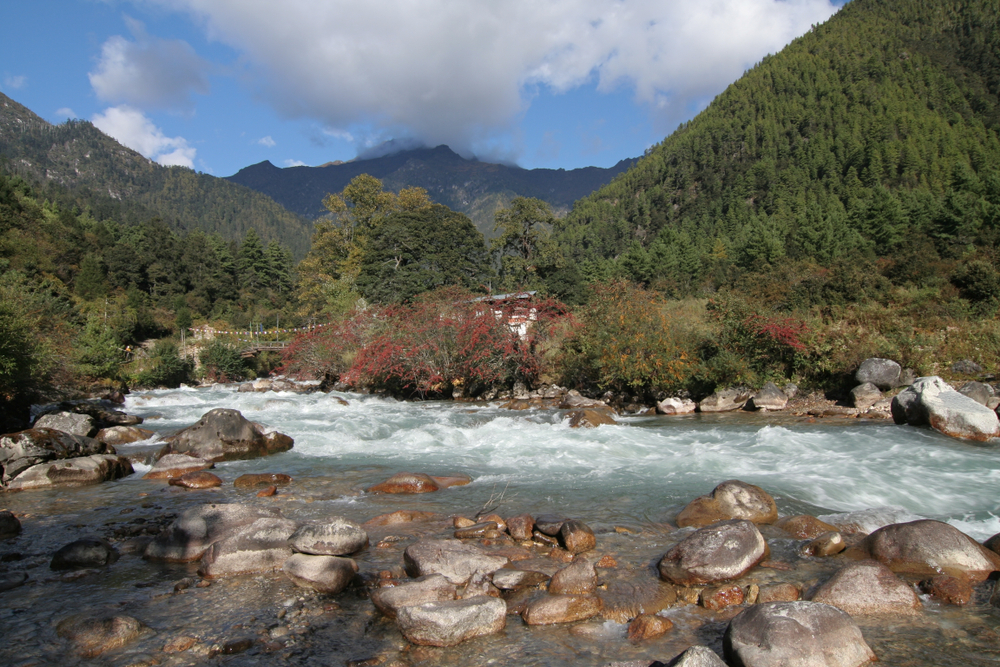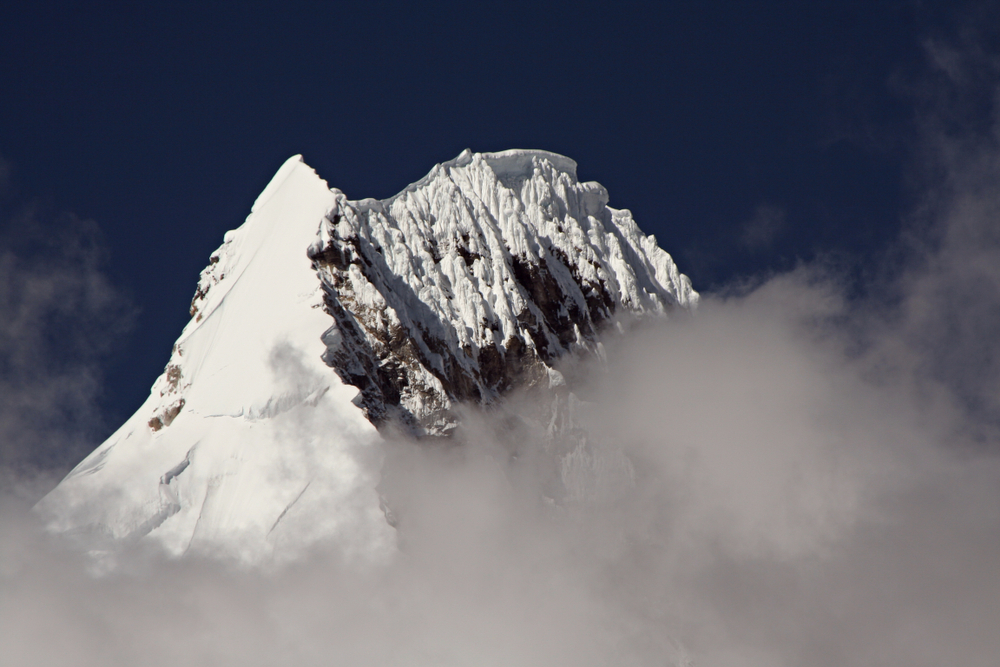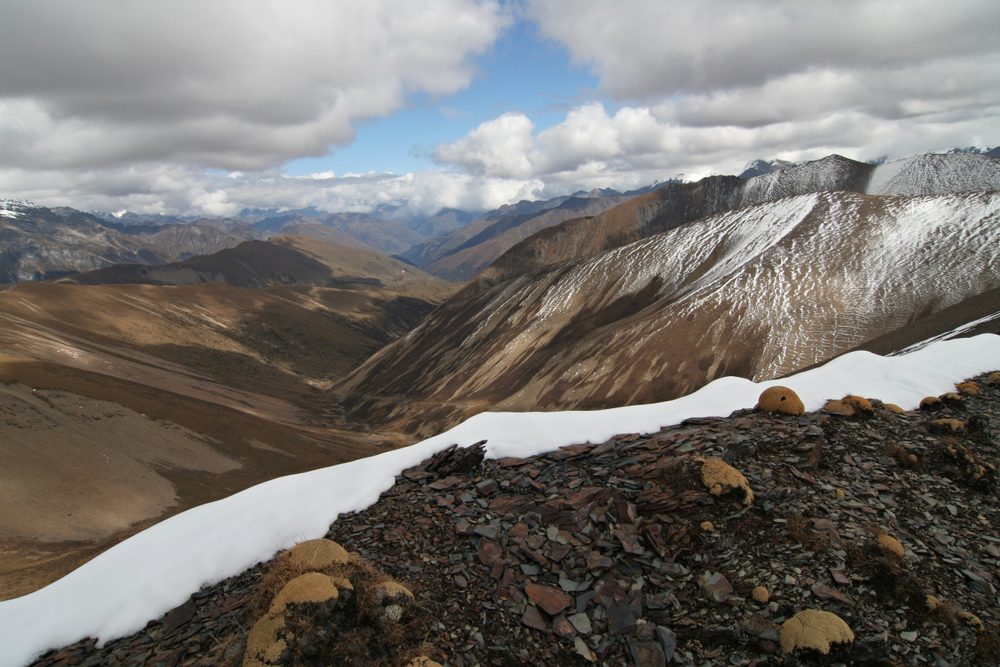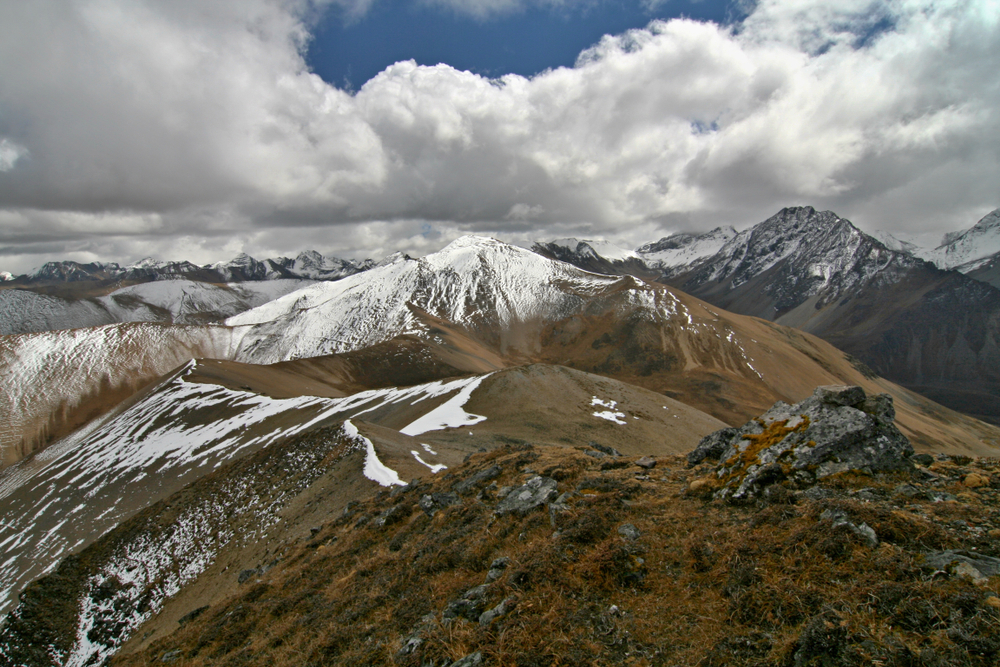Jigme Dorji Overview
Jigme Dorji National Park, established in 1974, is one of Bhutan’s most significant conservation areas and the second-largest national park in the country. It spans over an area of approximately 4,349 square kilometers (about 1,679 square miles), encompassing a diverse range of ecosystems from subtropical forests to alpine meadows. The park is located in the northwestern part of Bhutan, stretching across the districts of Gasa, Thimphu, Paro, and Punakha. It is named after Jigme Dorji Wangchuck, the Third King of Bhutan, who played a pivotal role in the country’s modernization and conservation efforts.
Jigme Dorji National Park is renowned for its rich biodiversity, including several endangered species such as the snow leopard, Bengal tiger, Himalayan black bear, red panda, and the takin, Bhutan’s national animal. The park’s varied altitude, ranging from 1,400 to over 7,000 meters above sea level, contributes to its ecological diversity, supporting a wide variety of flora and fauna adapted to different environmental conditions.
The park also holds cultural and spiritual significance, with numerous sacred sites and monasteries within its boundaries, including the famous Mount Jomolhari, revered by local communities and trekkers alike. The park’s rivers, including the Pho Chhu and Mo Chhu, are vital sources of water for agriculture and hydropower in the region.
Jigme Dorji National Park offers a range of outdoor activities, from trekking and camping to wildlife watching and cultural tours. Its trails provide stunning views of the Himalayan landscape and opportunities to encounter its unique wildlife. The park plays a crucial role in conservation, serving as a corridor for wildlife migration between northern and southern Bhutan, and contributes to the country’s commitment to maintaining a sustainable and balanced natural environment.
Visitors to Jigme Dorji National Park can experience the pristine beauty of Bhutan’s wilderness, explore its rich cultural heritage, and witness the efforts to preserve one of the most biologically diverse regions in the Himalayas.
Park Map
Jigme Dorji National Park Highlights
Engaging Jigme Dorji
Jigme Dorji National Park Trails
Related National Parks More Bhutan
Sources
- Bhutan for Life, Jigme Dorji National Park, http://www.bfl.org.bt/bflsite/public/app/jdnpparks, retrieved April 2024.
- Bhutan Travel, Jigme Dorji National Park, https://www.bhutan.travel/national-park/jigme-dorji-national-park, retrieved April 2024.
- Department of Forests and Park Services, Jigme Dorji National Park, http://www.dofps.gov.bt/?page_id=162, retrieved April 2024.
- Himalayan Dreams, Jigme Dorji National Park, https://www.himalayan-dreams.com/jigme-dorji-national-park, retrieved April 2024.
- Travel Triangle, Jigme Dorji National Park: The Abode of Snow Leopards and Bengal Tigers, https://traveltriangle.com/blog/jigme-dorji-national-park/, retrieved April 2024.
- UNESCO, Jigme Dorji National Park, https://whc.unesco.org/en/tentativelists/5699/, retrieved April 2024.
- World Wildlife Fund, Jigme Dorji National Park, https://www.wwfbhutan.org.bt/projects_/bhutan_biological_conservation_complex/jigme_dorji_national_park/, retrieved April 2024.
















































































